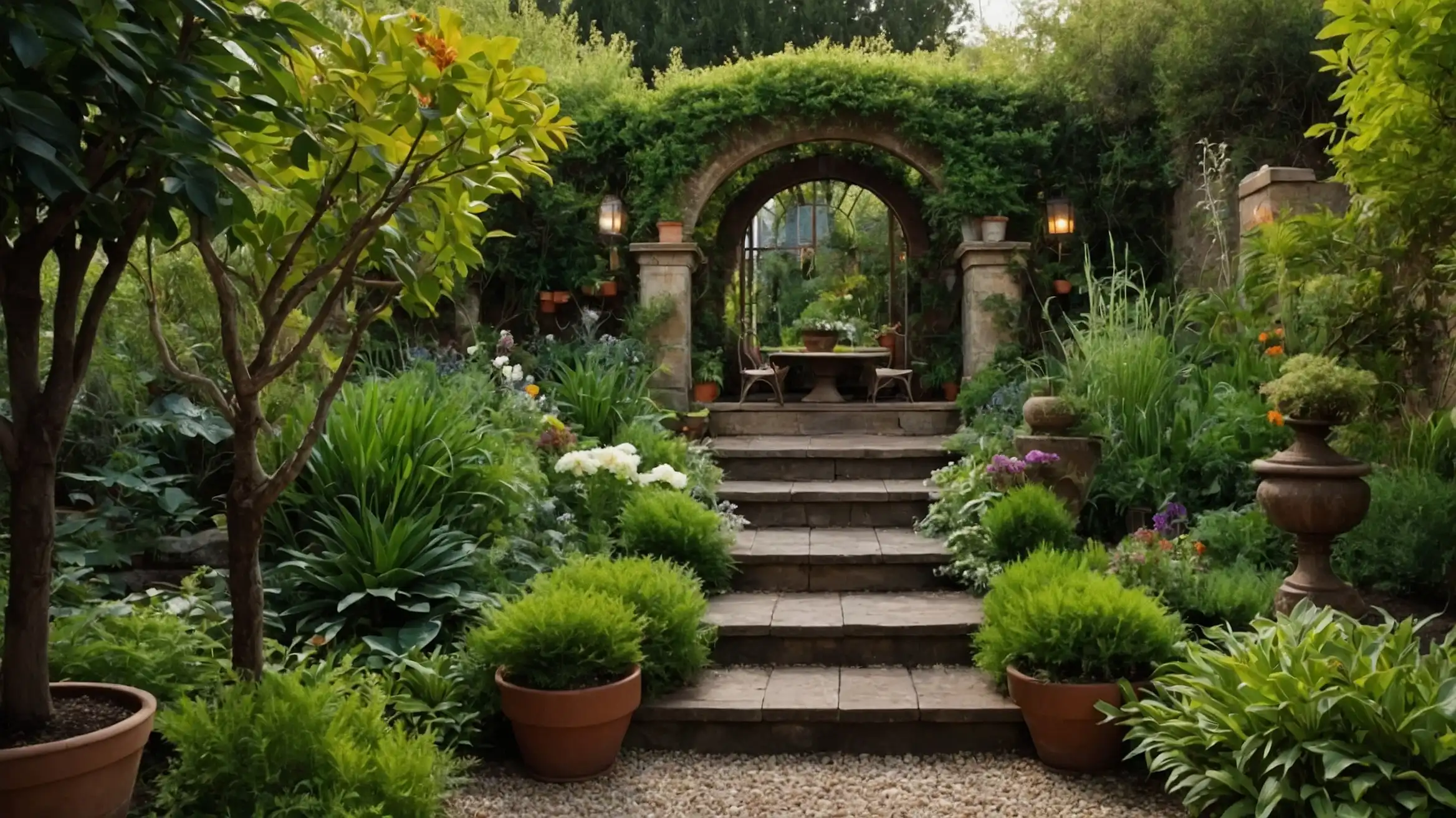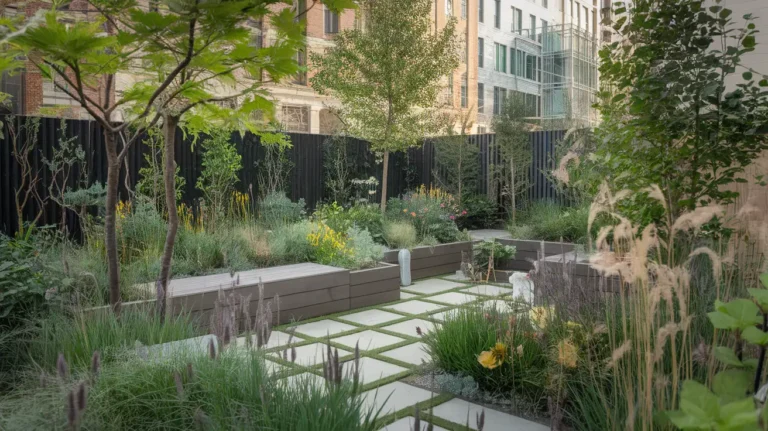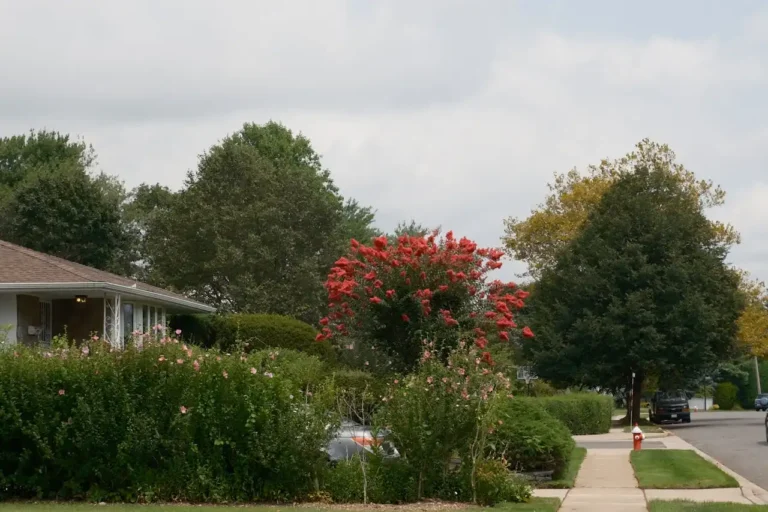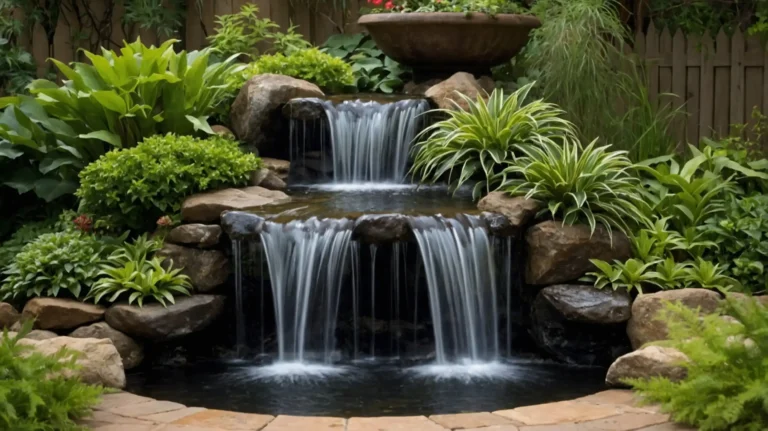27 Enchanting Secret Garden Ideas to Transform Your Outdoor Space
Secret gardens capture our imagination with their sense of discovery, seclusion, and enchantment.
These magical outdoor spaces provide a private retreat from the world, hidden behind walls, hedges, or creative barriers.
Creating your own secret garden doesn’t require acres of land—even a small corner of your yard can become a secluded sanctuary with the right elements.
These 27 secret garden ideas will help you transform an ordinary outdoor space into a magical hideaway that invites contemplation, creativity, and connection with nature.
1: Hidden Entrance Archway

Create a mysterious entrance to your secret garden with an archway covered in climbing roses, wisteria, or jasmine.
This living doorway signals transition into a special space while filtering sunlight to create dappled patterns on the ground below.
Position the arch at the end of a winding path or behind strategic plantings to enhance the sense of discovery upon arrival.
2: Weathered Garden Gate

Install an aged wooden or wrought iron gate that beckons visitors to peek beyond while maintaining the garden’s secrecy.
Choose a design with small windows or openings that offer tantalizing glimpses without revealing the full garden behind.
Add antique hardware and allow climbing plants to partially obscure the entrance for an established, discovered-not-created feeling.
3: Living Wall Boundaries
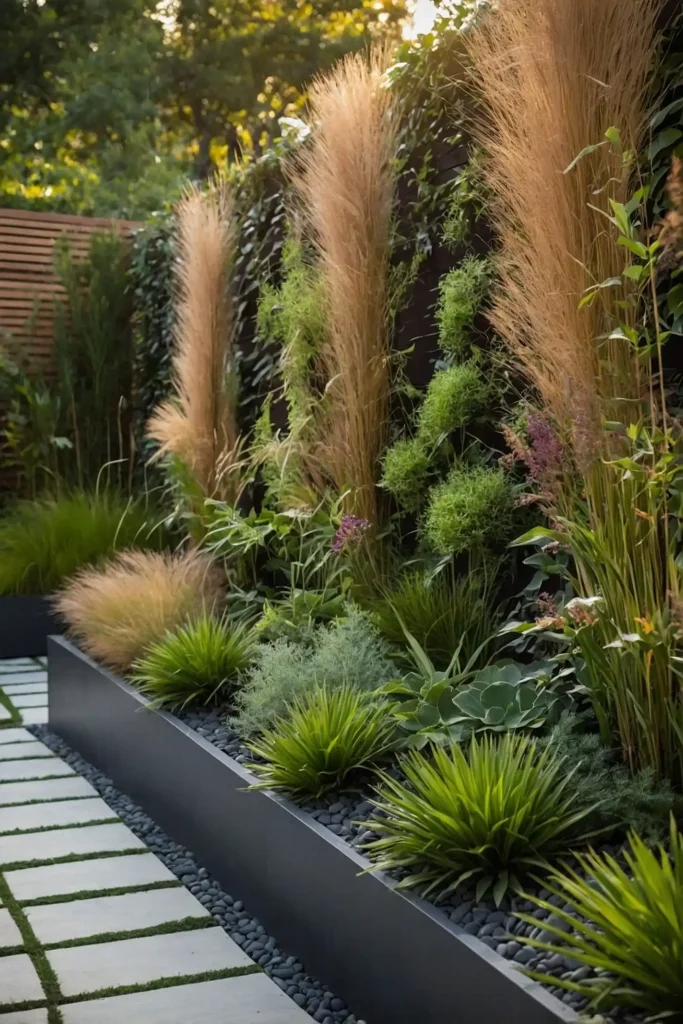
Define your secret garden space with dense plantings that create natural walls for privacy and seclusion.
Layer different heights of shrubs, tall perennials, and ornamental grasses to build living boundaries that rustle and move with the breeze.
Incorporate evergreen varieties for year-round screening while adding seasonal bloomers for changing color and texture.
4: Meandering Stone Pathway
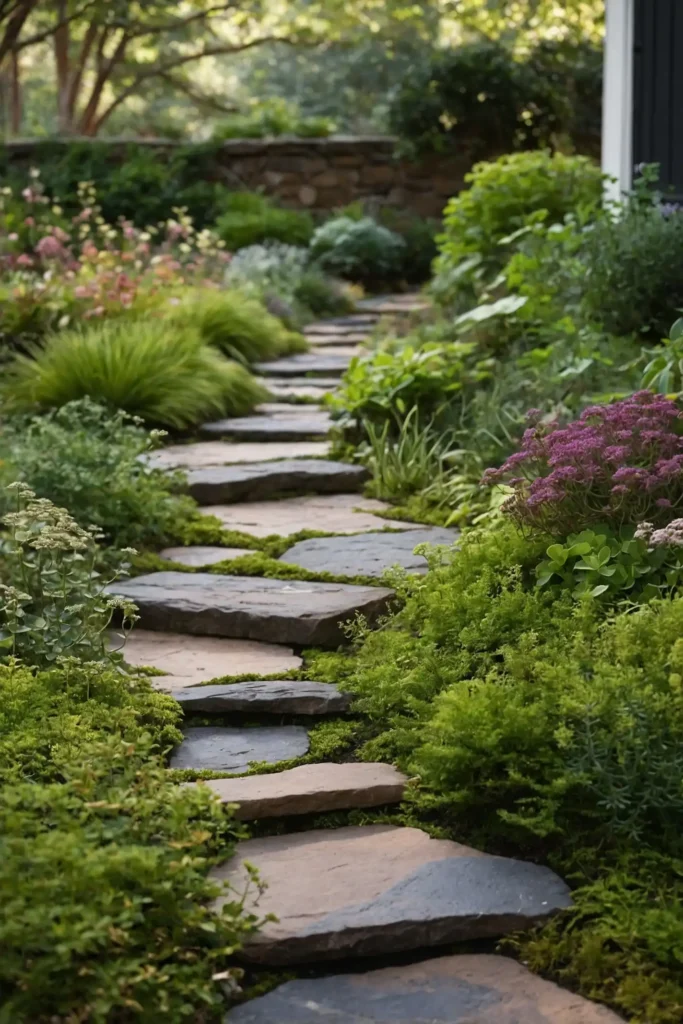
Create a winding path using irregular stepping stones partially covered by creeping thyme, moss, or low-growing sedums.
This informal approach slows movement through the space while encouraging discovery of hidden garden elements along the way.
Allow plants to softly encroach on the edges, creating a path that feels as though it emerged naturally over time.
5: Hidden Garden Bench
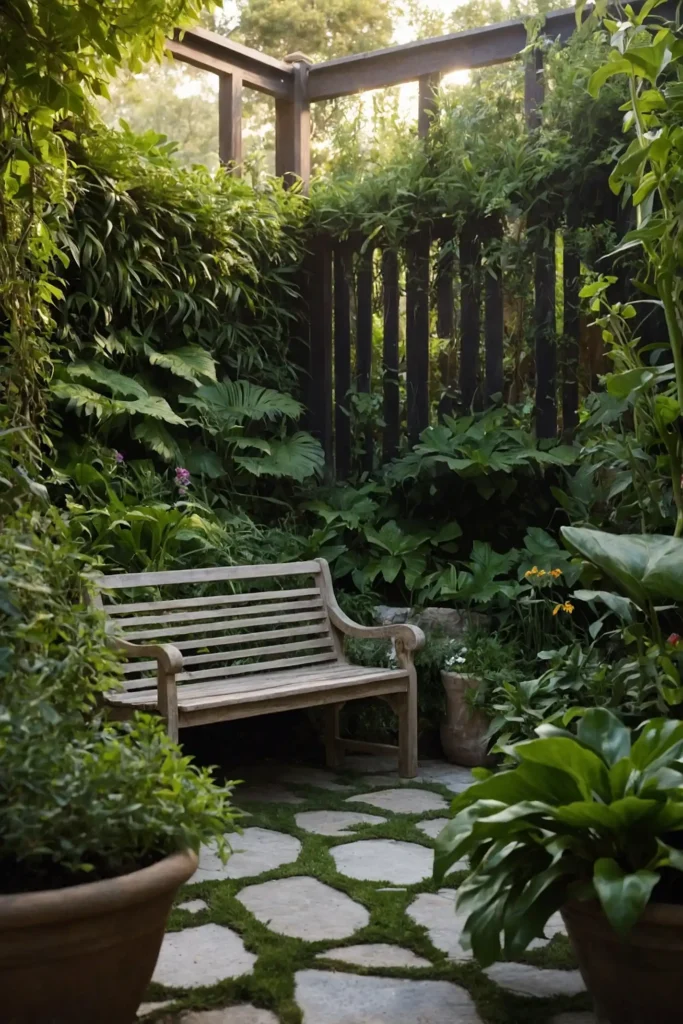
Tuck a comfortable bench into a secluded nook, partially obscured by plants but offering a perfect observation point.
Position it to showcase a special view or focal point that’s only visible once you’ve discovered this sitting area.
Choose materials that weather beautifully, like teak or stone, enhancing the timeless, established feeling of your secret garden.
6: Reflecting Pool
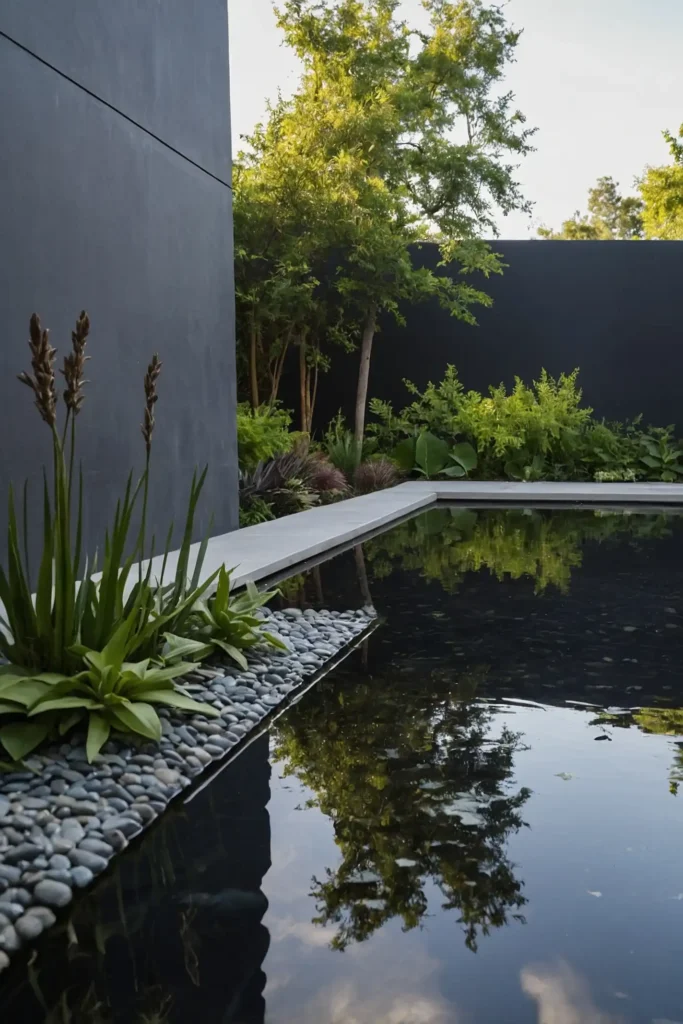
Install a small reflecting pool or dark-bottomed water feature that mirrors surrounding plants and sky movements.
This reflective element adds magical depth and dimension while attracting birds and beneficial insects to your secret space.
Keep the design simple and naturalistic, as though you discovered an ancient forest pool rather than created a new feature.
7: Garden Room Divisions
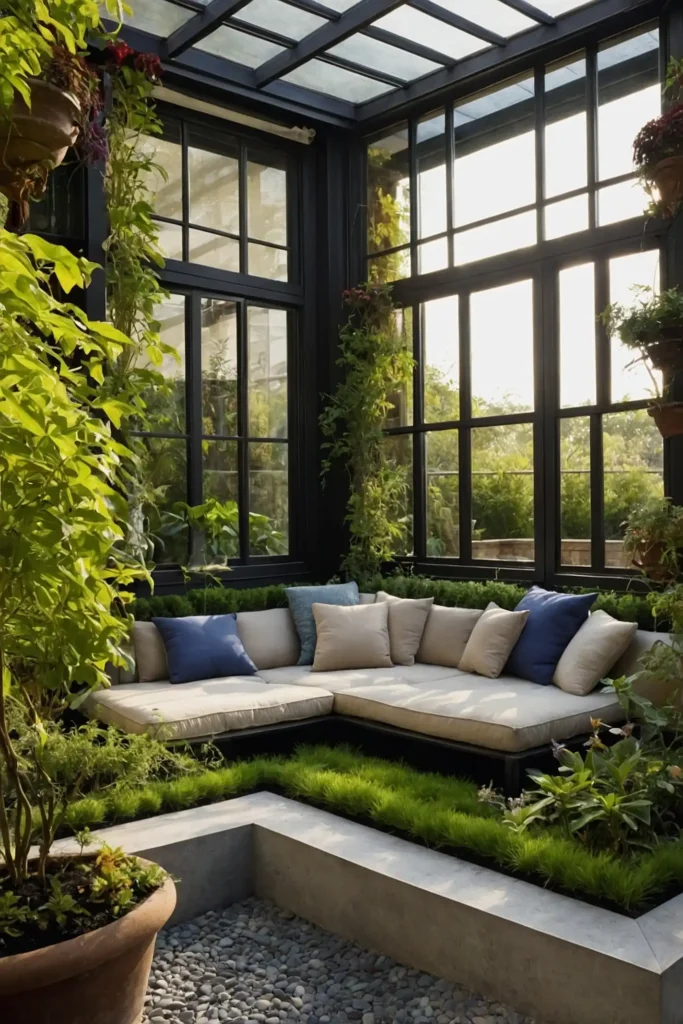
Segment your secret garden into distinct “rooms” using strategic plantings, trellises, or changes in elevation.
This compartmentalized approach creates a sense of exploration as visitors discover new spaces around each corner.
Connect these garden rooms with narrow openings or arbors that frame views and enhance the feeling of journeying deeper into the secret.
8: Ancient Garden Statuary
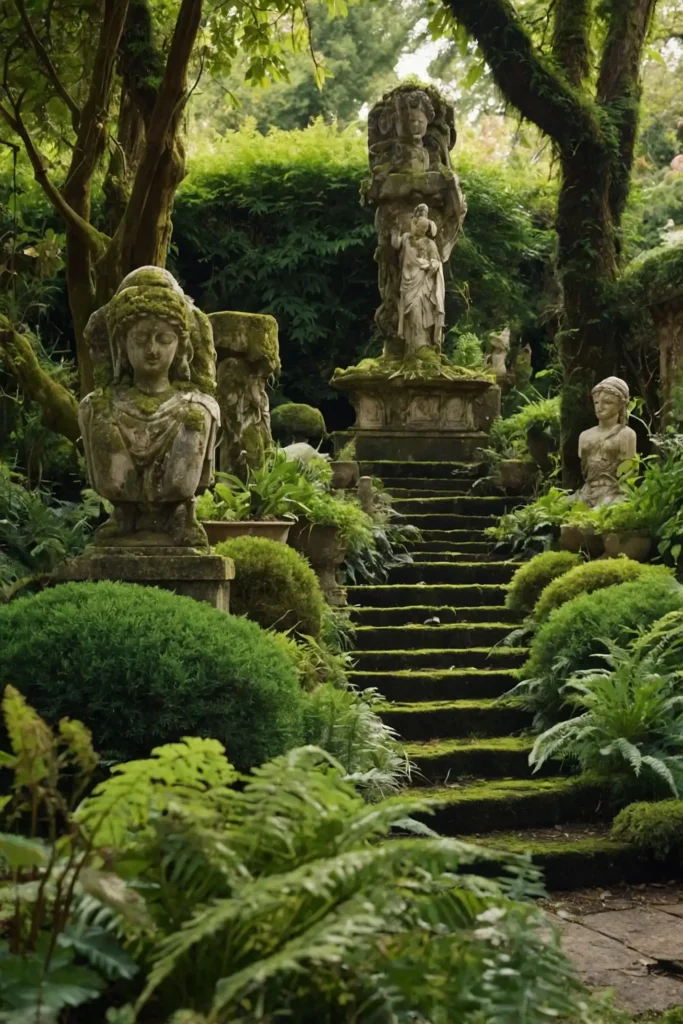
Place weathered stone figures partially hidden among foliage to create surprising moments of discovery.
Choose classical designs or mythological figures that hint at stories and histories predating your garden.
Allow moss or climbing plants to grow on these pieces, enhancing their timeless, forgotten-in-the-garden quality.
9: Secret Reading Nook
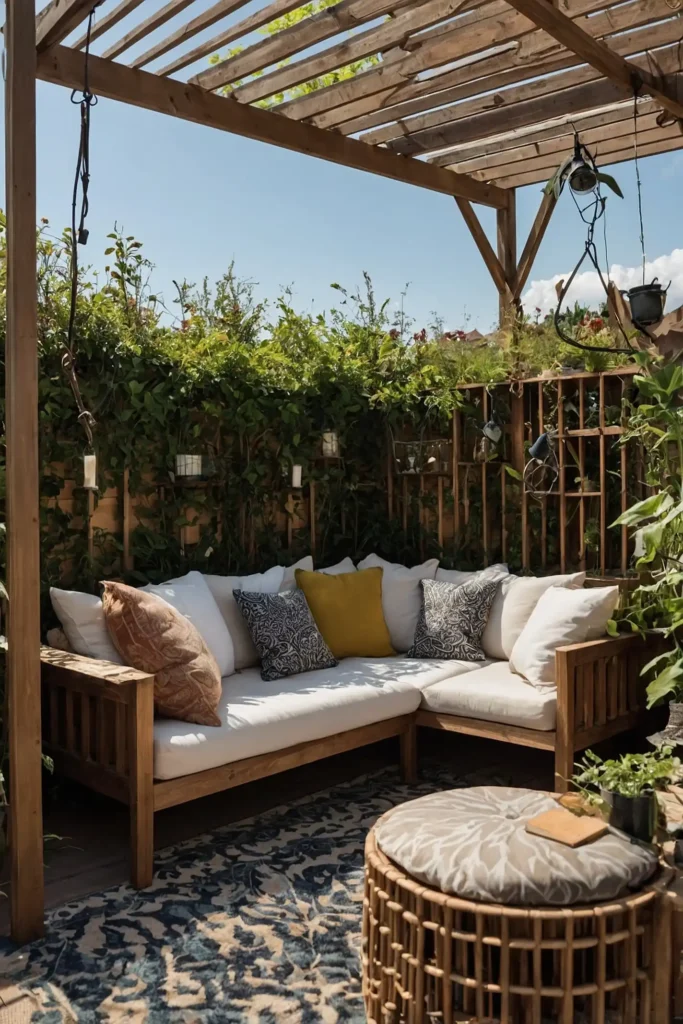
Carve out a secluded spot perfect for reading, complete with comfortable seating and a small surface for drinks or books.
Surround this area with taller plants or climbing vines on structures to create a room-like feeling within the garden.
Add cushions in weather-resistant fabrics that complement your garden colors while inviting longer, contemplative stays.
10: Vintage Garden Elements

Incorporate aged garden implements, antique plant containers, or weathered architectural fragments as conversation pieces.
Position these discoveries partially obscured by plants, as though they’ve been slowly revealed by time rather than deliberately placed.
Choose items with interesting patinas that tell stories of imagined garden history and previous caretakers.
11: Hidden Garden Folly
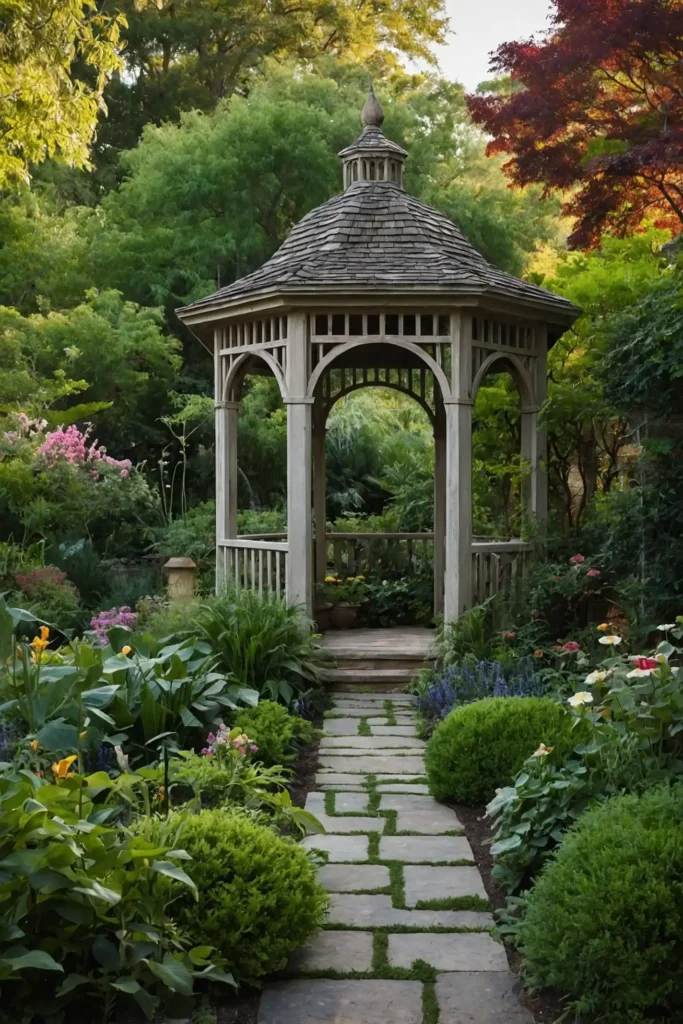
Build a small, whimsical structure—gazebo, tiny shed, or decorative ruin—that’s glimpsed through foliage from garden pathways.
This architectural element creates a destination within your secret garden while adding vertical interest and a touch of mystery.
Scale the structure appropriately to your space, ensuring it feels like a discovered treasure rather than an overwhelming feature.
12: Climbing Plant Tapestry

Transform ordinary walls or fences into extraordinary living tapestries using a variety of climbing plants with different bloom times.
Mix flowering vines like clematis and honeysuckle with textural climbers like ivy or climbing hydrangea for year-round interest.
Create intentional openings or windows within this living wall to frame specific views and enhance the sense of peering through to secrets beyond.
13: Concealed Garden Entry
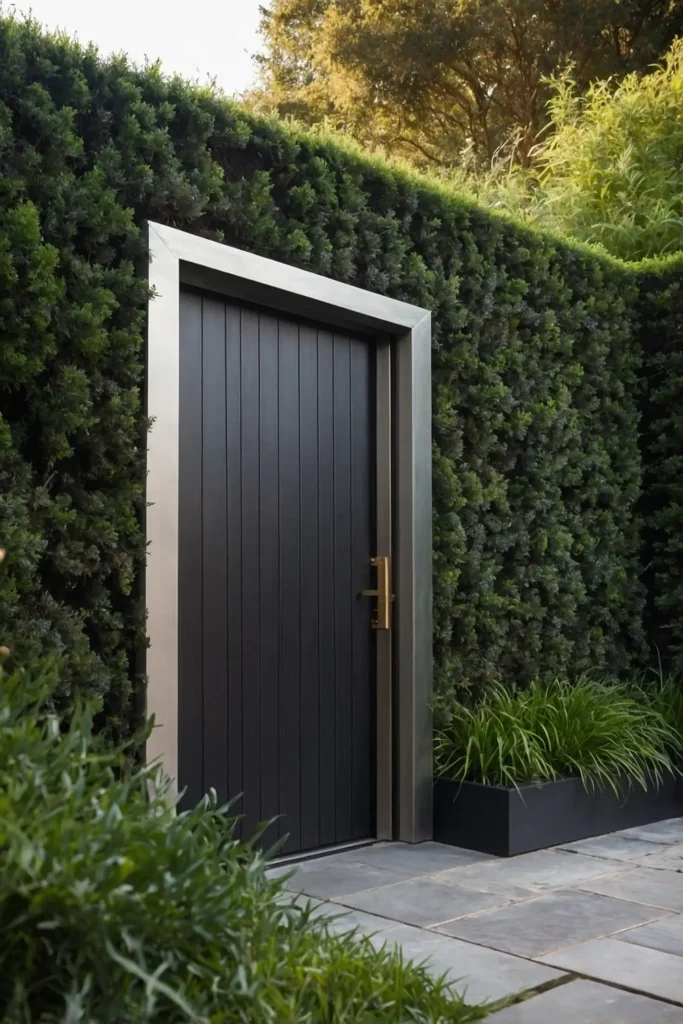
Design your garden entrance to be almost invisible until you’re upon it, using overhanging plants or a curved approach.
This deliberate concealment enhances the feeling of discovering a truly secret space rather than simply entering a garden.
Consider how the entrance appears in different seasons, ensuring year-round camouflage through evergreen elements or structural features.
14: Moss-Covered Surfaces

Encourage moss growth on stones, pathways, and garden ornaments to create an established, ancient woodland feeling.
This velvety green covering softens hard edges and unifies disparate elements into a cohesive, timeless atmosphere.
Create optimal conditions for moss by choosing shady, moist areas and occasionally misting these surfaces during dry periods.
15: Secret Night Garden
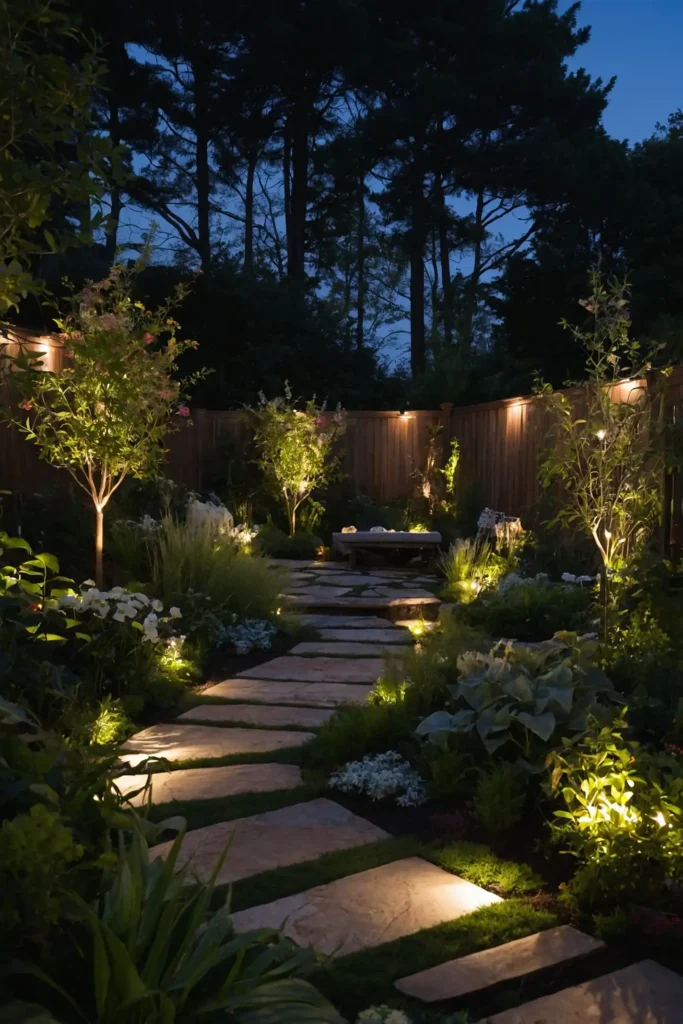
Install subtle lighting that transforms your secret garden into a magical evening retreat with gentle illumination.
Choose options like moonlighting from trees, uplighting key plants, or small path lights concealed among foliage.
Focus on creating mysterious shadows and highlighting structural elements rather than bright, revealing illumination.
16: Fragrant Planting Pockets
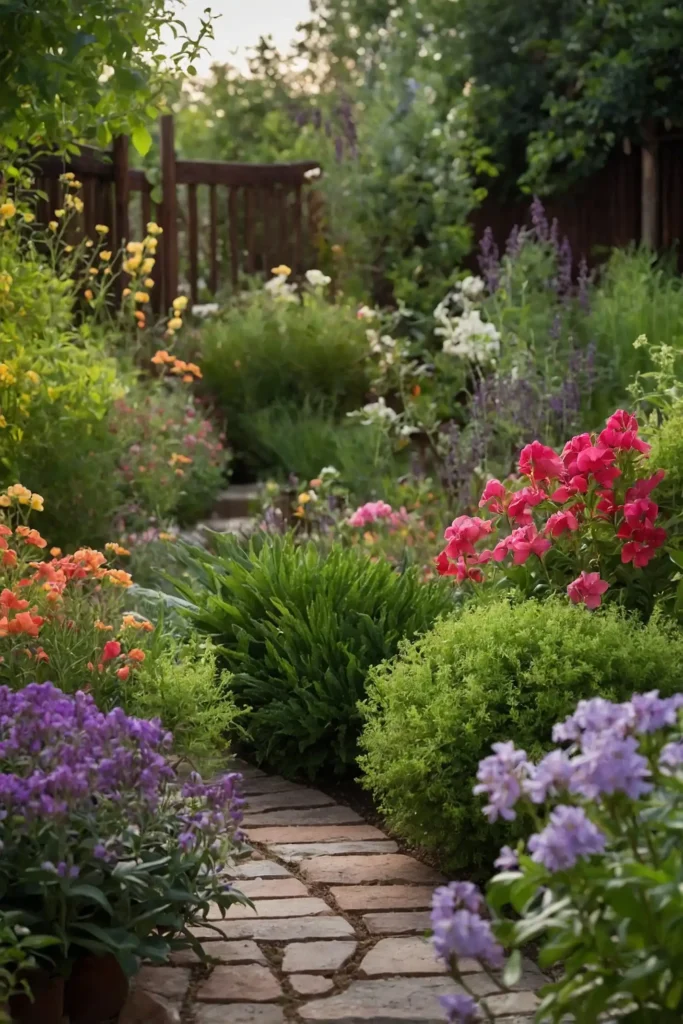
Create zones of intense fragrance that you discover with your nose before your eyes, planting aromatic herbs and flowers.
Position these sensory surprises near seating areas or bends in pathways where visitors pause naturally.
Include night-scented varieties like jasmine or nicotiana for gardens you enjoy in evening hours.
17: Rustic Natural Arbor

Construct an arbor using bent branches, driftwood, or unfinished timber that blends seamlessly with surrounding plantings.
Train vines like heirloom roses, honeysuckle, or grapes to climb this structure, gradually obscuring the framework beneath.
Position at a pathway transition or garden room entrance to create a momentary threshold between different secret spaces.
18: Hidden Wildlife Habitat
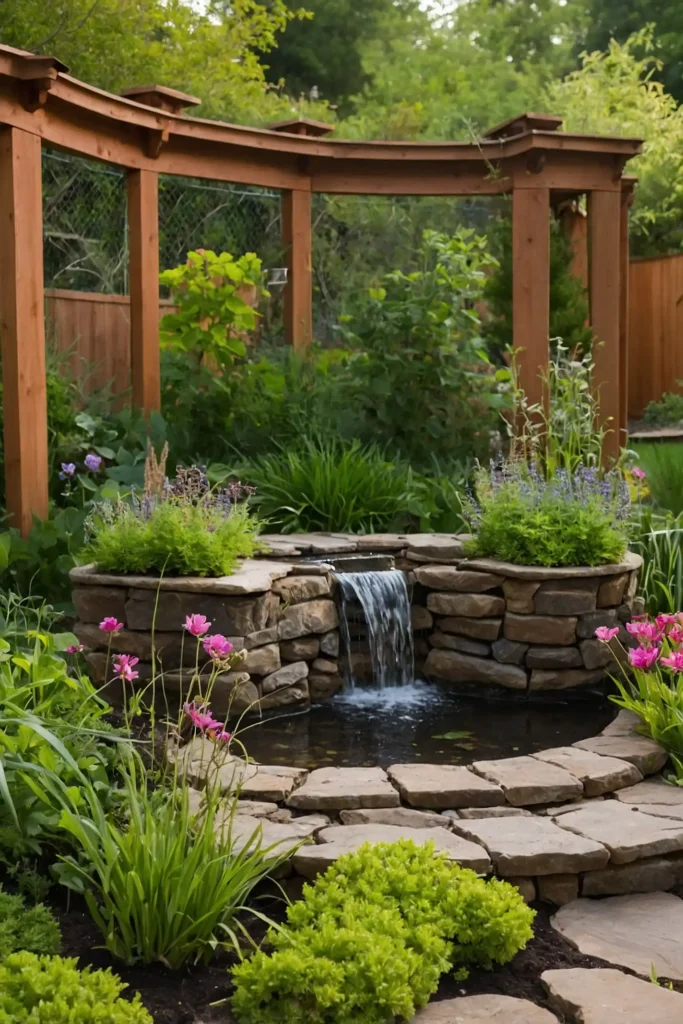
Incorporate features that attract and support wildlife, from bird baths and houses to butterfly pudding stations.
Position these elements where you can observe the resulting activity from secret vantage points within your garden.
The addition of wild visitors enhances the magical, undisturbed quality that defines truly special secret gardens.
19: Forgotten Orchard Corner
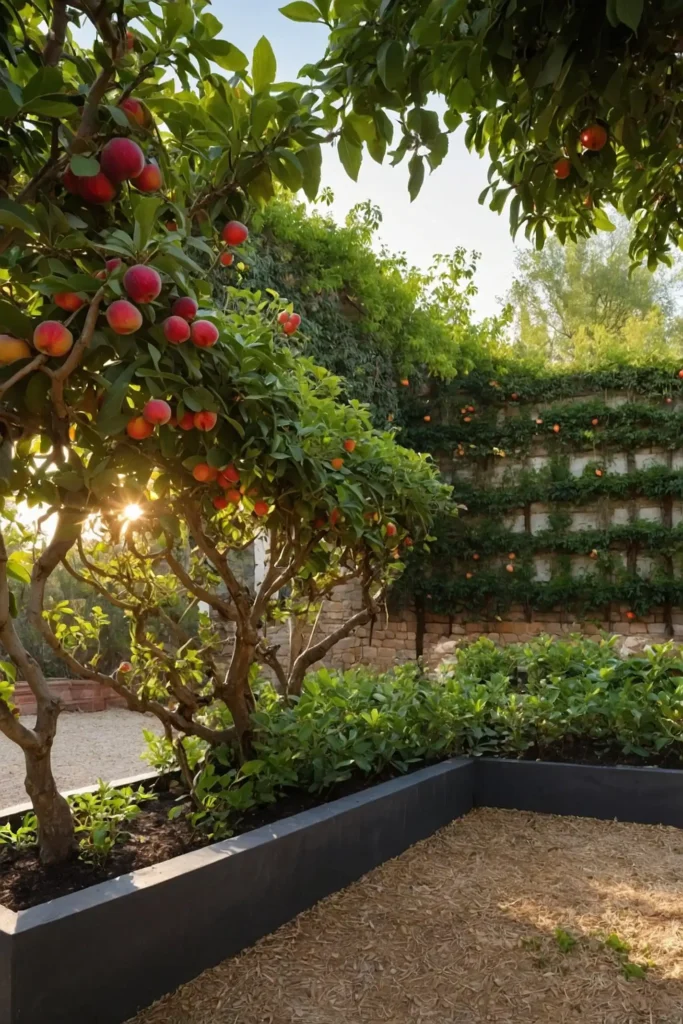
Plant dwarf fruit trees or espaliered varieties against walls to create a productive element within your secret garden.
Choose heritage varieties with interesting forms, blossoms, or fruit colors that provide changing seasonal interest.
Allow some windfall fruits to remain, attracting butterflies and creating the impression of an abundant, slightly untamed garden.
20: Collected Garden Treasures

Display unusual natural objects—interesting stones, twisted branches, bird nests—as curated discoveries throughout your garden.
Position these treasures partially hidden, inviting closer exploration and rewarding careful observation.
Create informal groupings that change with seasons as you add new findings that connect you to your garden’s evolving story.
21: Secret Water Source
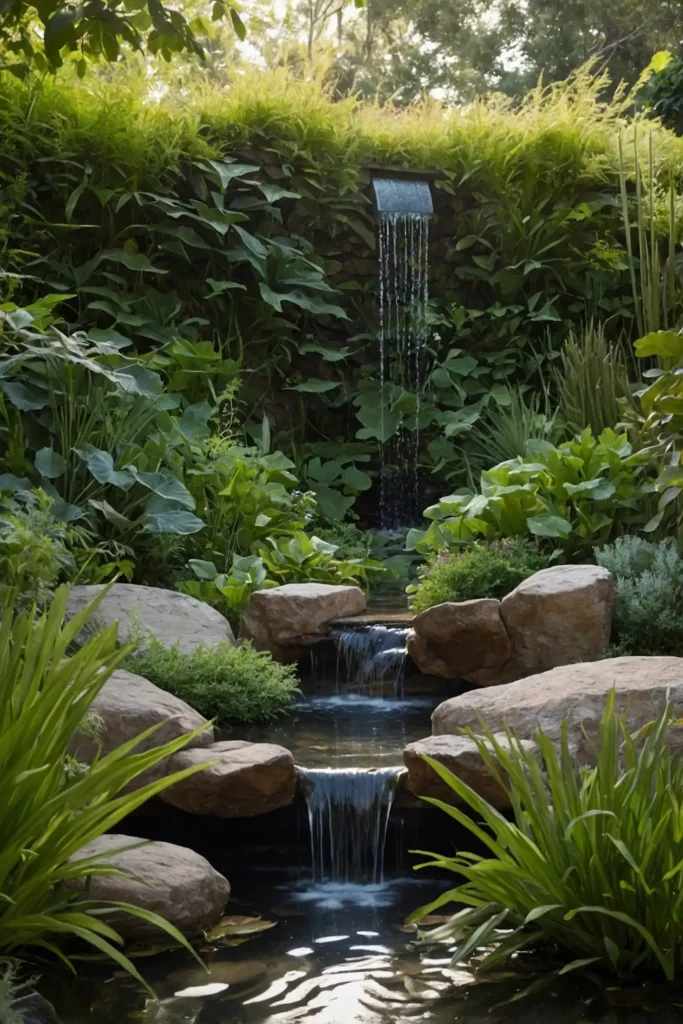
Install a small, subtle fountain or bubbling water feature concealed among plants for unexpected auditory discovery.
Choose naturalistic designs that appear as though they’ve emerged from the landscape rather than been deliberately constructed.
The gentle sound masks outside noises while drawing you deeper into the garden’s embrace through auditory engagement.
22: Fairy Garden Elements
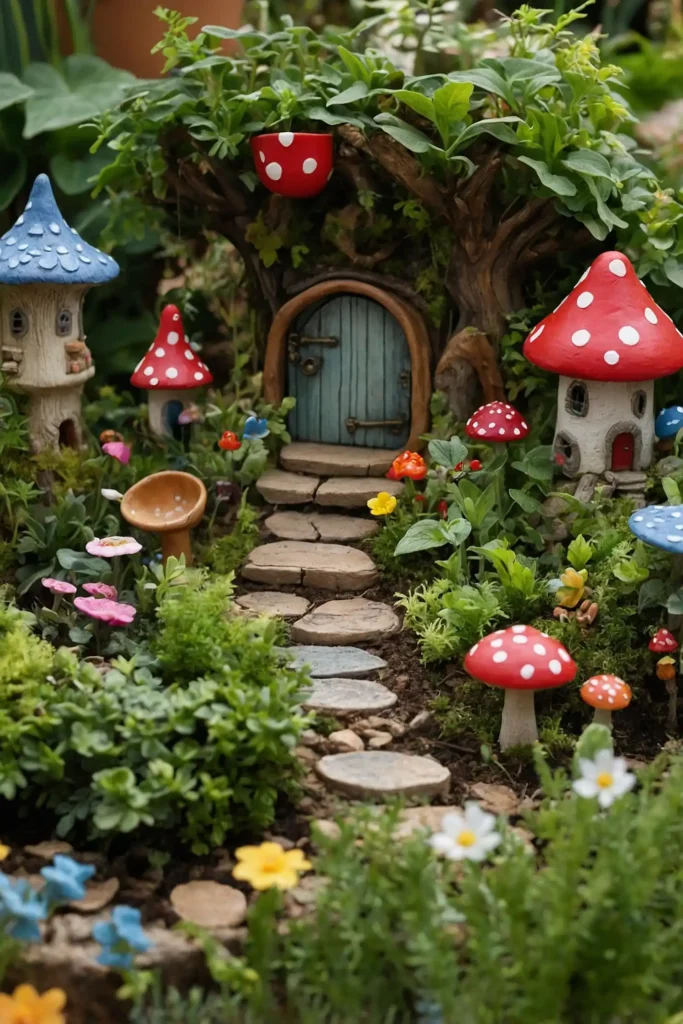
Incorporate whimsical miniature elements like tiny doors on tree trunks or diminutive furniture sets nestled in planting beds.
These magical touches create moments of delight and storytelling opportunities, especially enchanting for young garden visitors.
Keep the installations subtle and integrated with plants to maintain the “discovered not manufactured” feeling essential to secret gardens.
23: Secluded Dining Nook

Create a hidden outdoor dining space enclosed by tall plants or structures for intimate garden meals.
Position this area to capture optimal light for the times you’re most likely to use it—morning sunlight for breakfast or dappled afternoon shade for tea.
The enclosure transforms everyday meals into special occasions, adding an element of discovery to the dining experience.
24: Medicinal Herb Collection

Incorporate traditional healing plants and herbs, organized in an informal apothecary garden within your secret space.
Include identifying markers that share each plant’s historical uses, creating an educational element within your retreat.
Group plants with similar needs together while creating an aesthetic that suggests the garden of a wise healer from stories.
25: Unexpected Mirror Placement
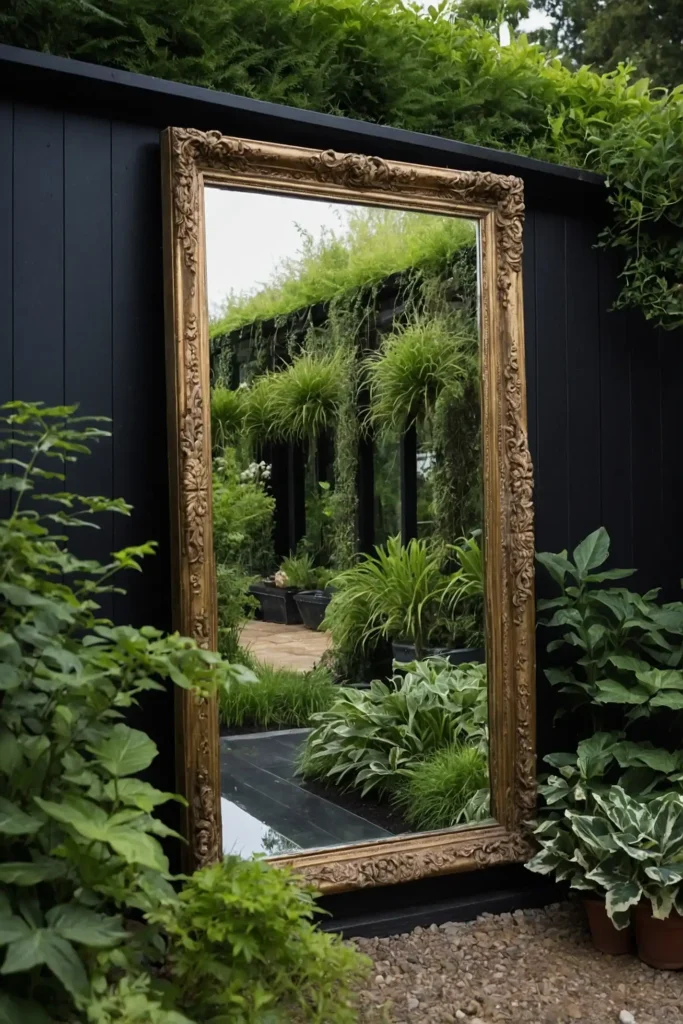
Position weather-resistant mirrors strategically to create illusions of pathways extending further or glimpses into “other” gardens.
Partially obscure these reflective elements with plants so they offer surprising flashes of light and expanded space.
Choose frames that complement your garden style—ornate for romantic spaces, simple for more naturalistic settings.
26: Vertical Secret Elements
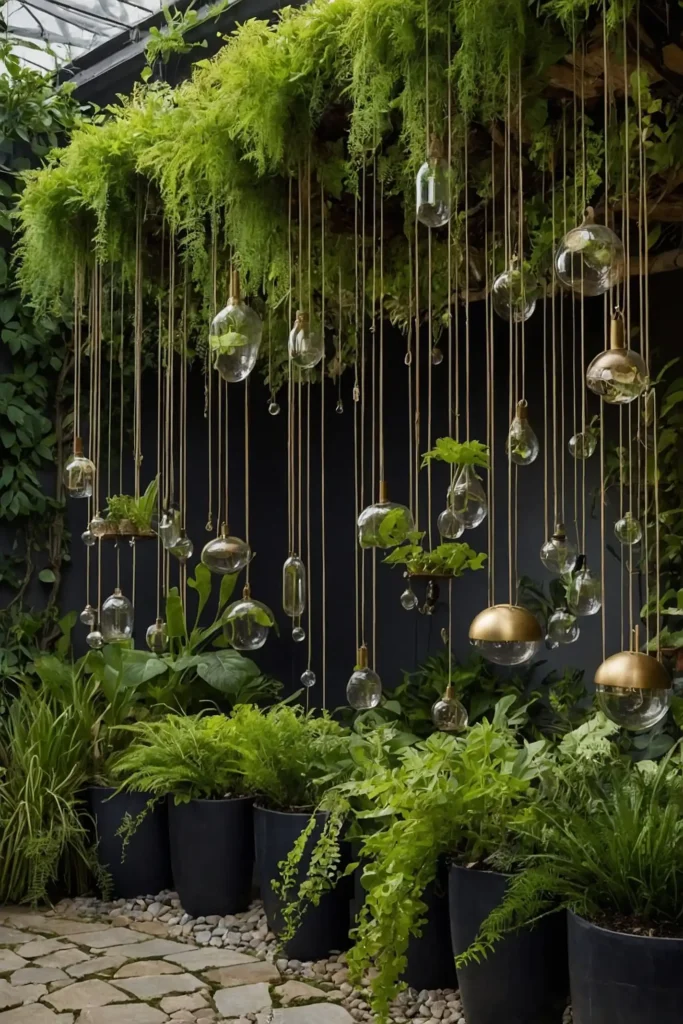
Create unexpected overhead features like hanging plants, suspended ornaments, or botanical chandeliers that reward looking upward.
These elevated discoveries add a dimensional layer to your secret garden, encouraging complete environmental awareness.
Connect these elements to sturdy tree branches, pergola beams, or hidden support structures for a seemingly magical floating effect.
27: Time-Telling Garden Features

Incorporate elements that track time’s passage—sundials, seasonal planting arrangements, or shadow-casting structures.
These contemplative features enhance the feeling of your secret garden existing in its own temporal space, separate from everyday rushes.
Position them in naturally meditative spots where visitors might pause to consider their relationship with time and nature.
Conclusion
Your secret garden can become a personal sanctuary filled with wonder, discovery, and natural beauty.
By incorporating these ideas, you’ll create a magical space that reveals its treasures gradually, rewarding repeated visits with new delights.

